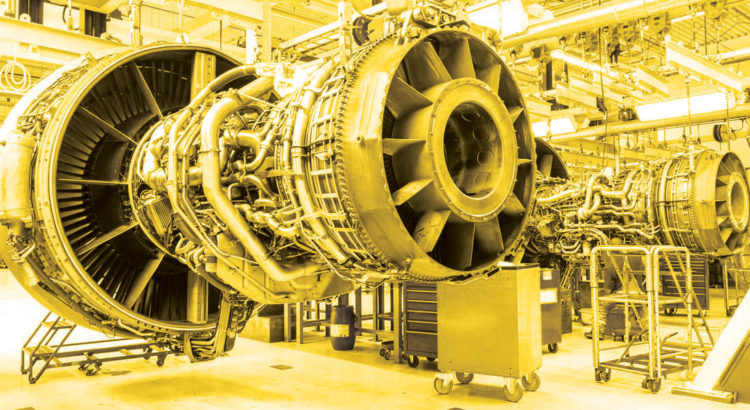The global aerospace industry is undergoing significant changes due to innovation and digital transformation. These changes focus on improving propulsion, autonomous system, additive manufactured parts, and maintenance, repair, & operation (MRO). These trends add complexity to the flight system which can be addressed by using multiphysics simulation solution. Read below to gain in-depth about these evolving trends of Aerospace Industry:
Use of Electric and Hybrid Engines to reduce Flight Costs and Emissions
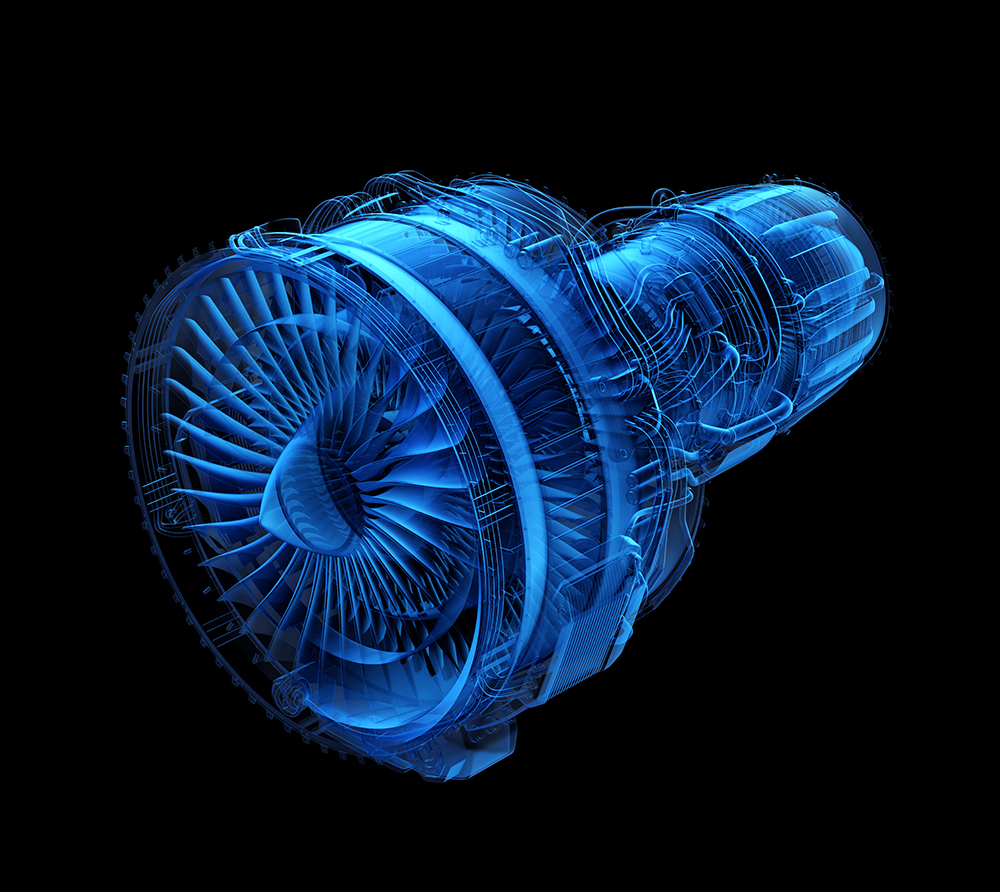
The future aircraft engines need to output more power, produce less noise, consume less fuel, and emit fewer emissions. In order to achieve this, the aerospace industry is working on improving the efficiency of combustion engines and exploring electric and hybrid propulsion systems. This enhancement in the aircraft will directly reduce the flight costs as well.
Autonomous Flight System
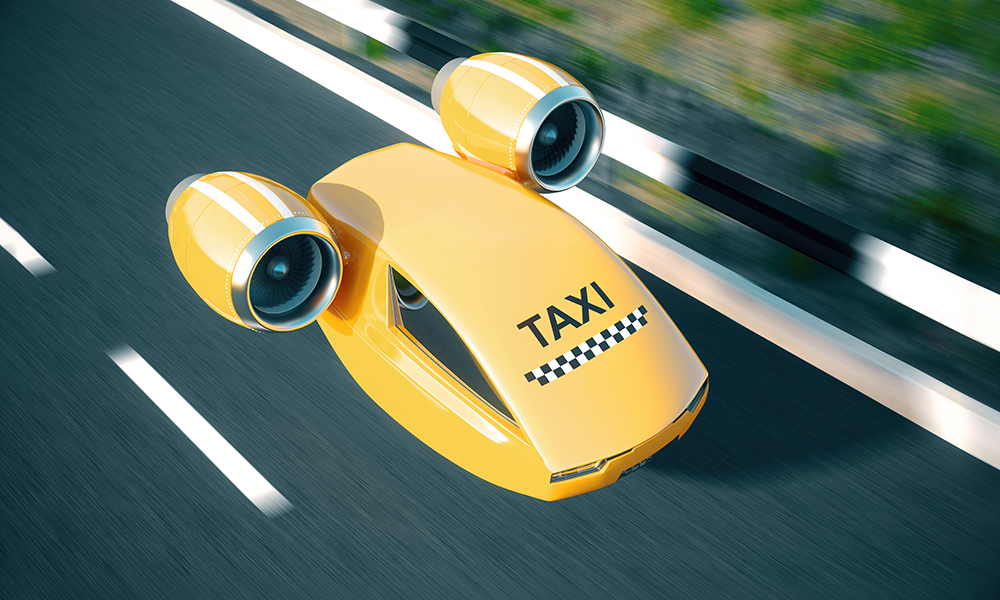
Autonomous drones are the future of the aerospace industry. Many companies are building a business case for local air transportation called urban air mobility (UAM). The idea behind UAM is to build an autonomous flight system.
Maintenance, Repair, and Operation (MRO) will depend on Simulated Data
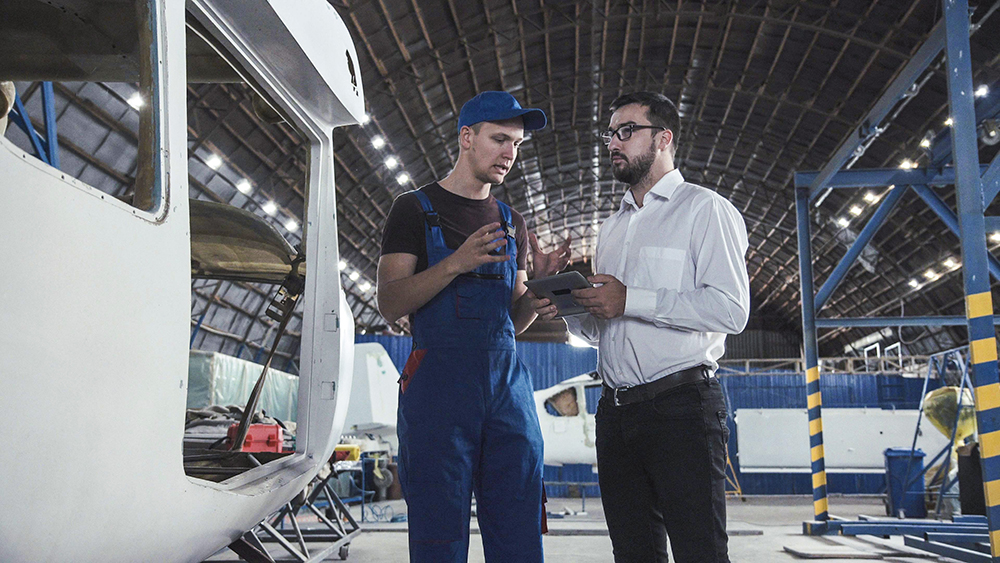
The increase in the number of aircraft is helping MRO market to grow steadily. The simulated data can be used to predict the performance and functioning of aircraft. Therefore, it will help the industry to understand better, and predict, how systems are performing.
Additive Manufactured Parts
Additive manufacturing parts combined with topology optimization and can help engineers to simplify maintenance, save fuel, and make the supply chain more efficient.
Use of Multiphysics Simulation Solution
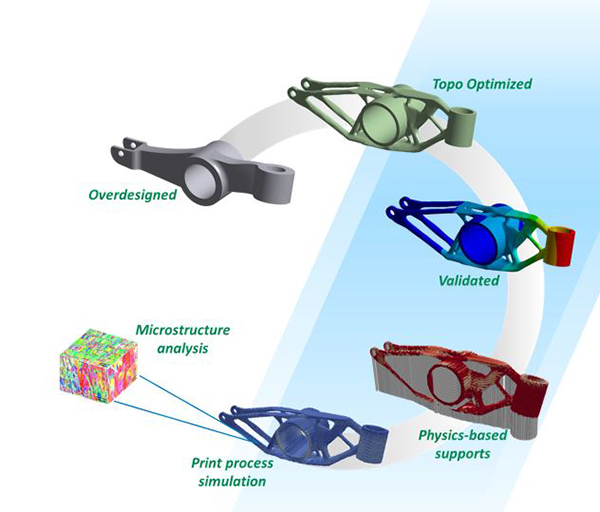
Multiphysics simulations solution will reduce complexity and minimize risk in the Aerospace Industry. It will help in predicting how the aircraft systems will react in the real world.
All in all, virtual realities and multiphysics simulation are the only solutions to test the future aircraft systems and to predict how these systems will react to possible situations in the short timeframe.
